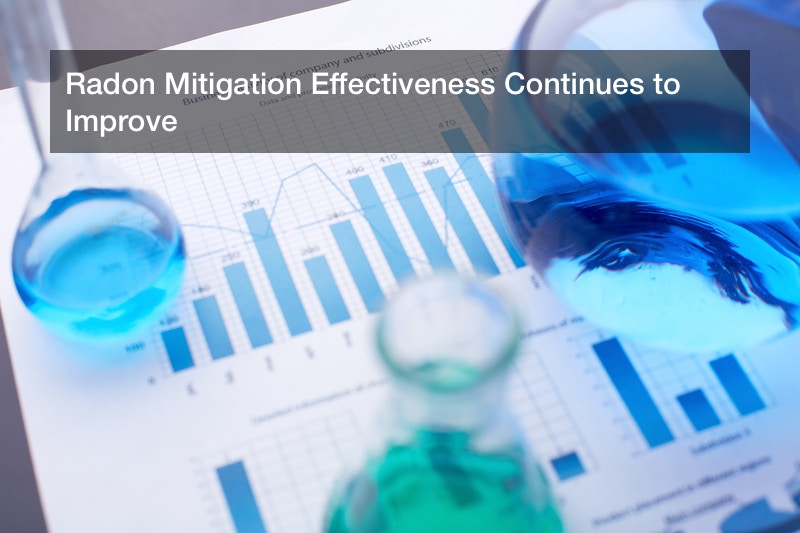
It may seem like a strange time to be buying a home, but a job transfer for your husband means that you are indeed both buying and selling a home in this most historic of times. And even though the process may seem a little bit different, there are some things that have not changed. Focusing on the safety of your home has been a priority in every property purchase you have made, and during this time of global pandemic safety is still a concern. You want to make sure that the home that you buy is in a safe part of the city, that your children will be attending a school district that is safe, and you want to know that the air inside the house will be safe as well. Learning about the radon mitigation and abatement services several years ago when you moved to the midwest for the first time, you now pay attention to these numbers from the very beginning.
Although all of the health talk today is about Covid-19, you are just as concerned that you are moving into a home that has safe radon levels. As a gas that is odorless, tasteless, and invisible, the Surgeon General has warned that radon is the second leading cause of lung cancer in the U.S. today.
Residential Radon Testing Services Help Buyers Make Investments with Confidence
Both the U.S. Environmental Protection Agency (EPA) and the Surgeon General’s Office have estimated that as many as 20,000 lung cancer deaths are caused each year by radon. Knowing that a simple test can determine that this gas is not active in a home means that you learned several job transfers ago that an independent radon test early in the home buying process is the best way for you to proceed in the selection of any property.
In some parts of the country a radon test is not part of the financing and closing process, but ever since you applied for the first loan for the smallest of houses that you have ever purchased, you realized that this needs to be a part of any future home purchase that you make.
Available in two different formats, radon testing services are now a part of many home buyers’ decisions. Short-term detectors, for example, measure radon levels for two to 90 days, depending on the device, and in contrast, long-term tests determine the average concentration for more than 90 days. If radon is detected, passive systems of mitigation have been shown to be capable of reducing indoor radon levels by as much as 50%. When radon ventilation fans are added, however, the levels can even be reduced further. Looking at long term solutions, some home owners make sure that a sump pump installation is part of any home purchase, and some go so far as to make sure that this sump pump area is completely sealed off and that the threat of radon gases coming into the home are eliminated.
Keeping a family safe during the time of the Coronavirus is a challenge, but it is also important to make sure that the air that you breathe in your home is safe. As new regulations are going into place that complete air exchange systems will now be required in many office and commercial settings, it also makes sense that home owners will want to do whatever is needed to give themselves safe air to breathe at home as well.
Unfortunately, as many as one in 15 homes in America is estimated to have radon levels at or above the EPA action level. Taking the time to test these levels in any home you are considering purchasing, as well as the home where you live, is important. It may be difficult to protect yourself and your family from the current pandemic and the future waves that experts are predicting, but it would be foolish to not take the specific measures that are being recommended. Likewise, when it comes to the home where you may find yourself sheltering in place both today and the future, it would be foolish to not make sure the air is safe.
